Accessibility in e-Learning
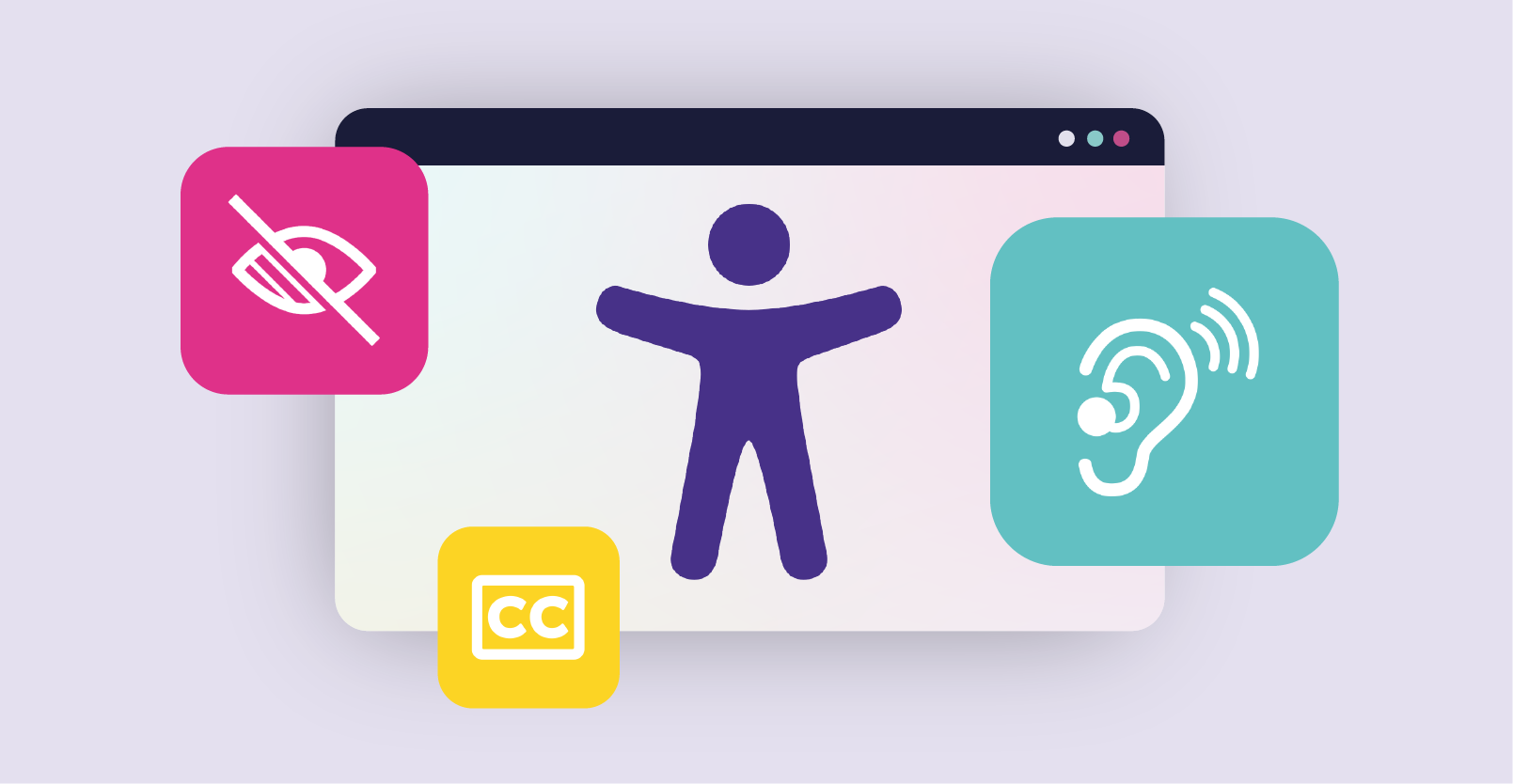
The World Health Organisation (WHO) estimates that 1.3 billion people worldwide are disabled. This data may continue to evolve, but one thing is certain: the number of people suffering from any type of impairment comprises a substantial portion of the global population, from children to adults alike. If this is the case, chances are at least one disabled individual may be enrolled in one of your online learning programmes.
So, how can you, as an instructor or L&D manager, ensure that everyone has equitable educational opportunities? Accessible online learning is one solution!
Accessible online learning allows online courses and educational systems to be utilised and understood by everyone, including those with visual, auditory, physical, or learning disabilities.
It is primarily concerned with designing digital content that is available to all individuals, which means that the learning environment quickly adapts to the needs of all learners, the language used is universal enough for every learner to understand the courses easily, and the learning system allows course materials to have adequate alternatives that are equivalent to the regular content and learning activity.
There are several reasons why accessibility should be considered while developing your next e-Learning courses:
1. Eliminates barriers for learners with disability
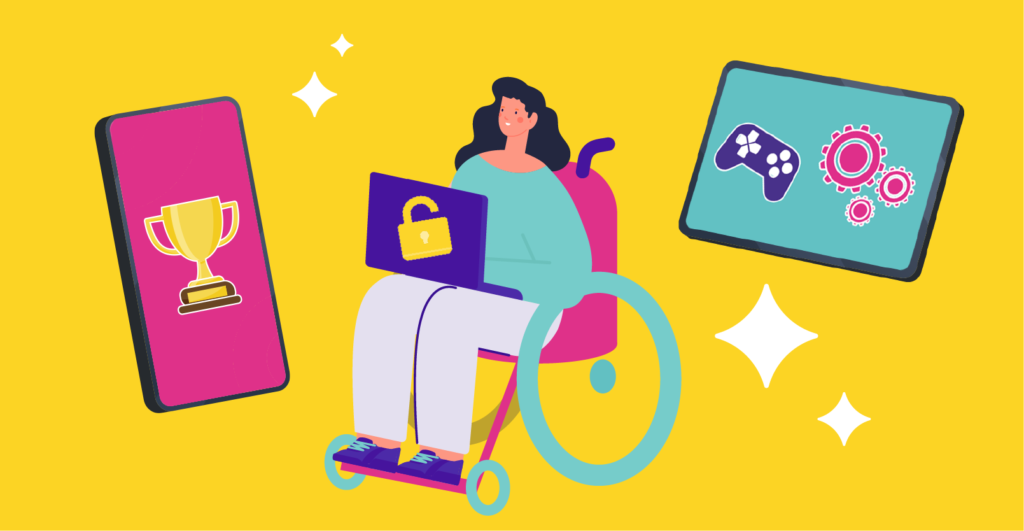
Accessible e-Learning addresses issues such as vision and hearing impairments, mobility limitations, and learning disabilities. It lets courses be adaptable to different kinds of learners by offering alternative formats such as transcripts and audio descriptions. Additionally, it ensures that your system is operable not just with a keyboard and a mouse, but also using assistive technologies, giving all types of learners equal access to educational resources and allowing them to acquire content in forms that best fit their needs.
2. Enhances usability and experiences for all learners
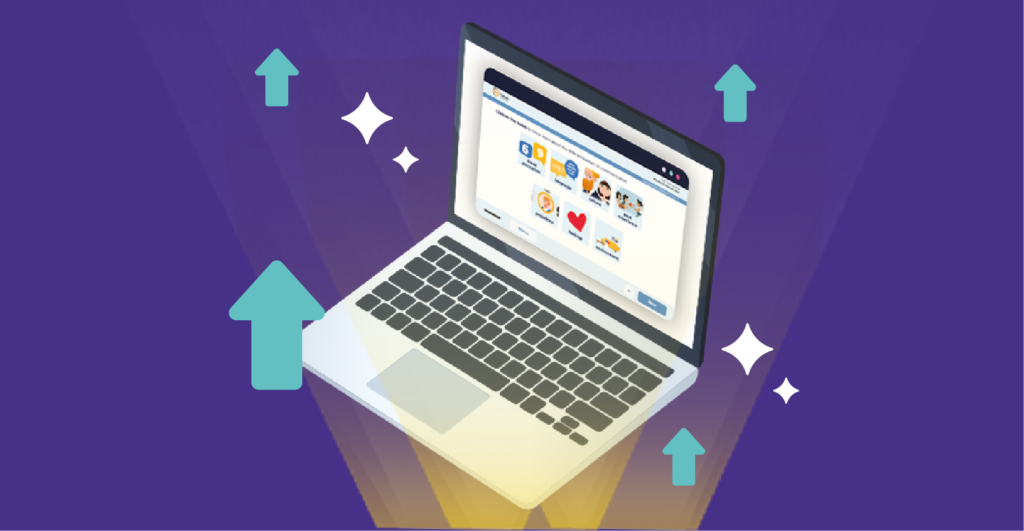
When you have intuitive navigation and alternative features to your e-Learning, all learners can benefit, increasing the course’s usability. For example, providing screen magnifications for image sequences benefits not only blind or low-vision learners, but also anyone who wants to check the specific details of an image.
A user-friendly platform enables all learners to easily understand, browse, and interact with your e-Learning content, improving the quality of your learning materials and overall experience of your learners.
3. Promotes diversity, equity, and inclusion
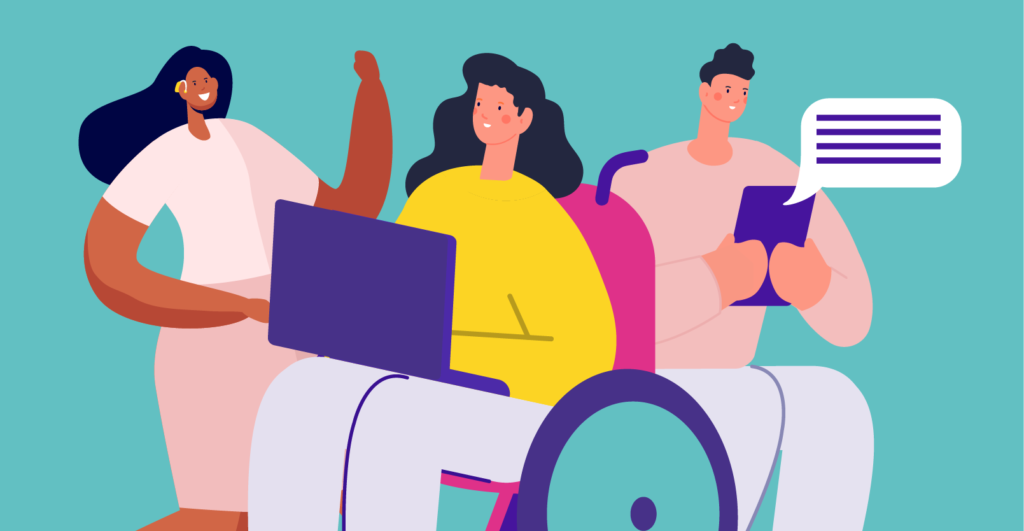
Designing equitable e-Learning courses provide an inclusive environment for all learners. When your courses are easily accessible and appealing to a wide range of learners, more people may enroll in your programmes, instead of seeking out competitors who better fulfill their needs. Not only that, but you can boost your organisation’s morale even further by ensuring that all members are fully included in the learning community and that no one is left behind.
Want to reap the benefits of having accessible e-Learning?
We at SSA Innovations have the skills and experience to develop flexible and innovative learning solutions for your company. From transforming your outdated courses to consulting on your accessibility needs, we will be your extra set of hands to help you deliver transformational learning experiences! Contact us now!
Related Topics

The Value of Human Wisdom in AI-Driven Learning and Development
AI is leading the way in transforming education. However, it...
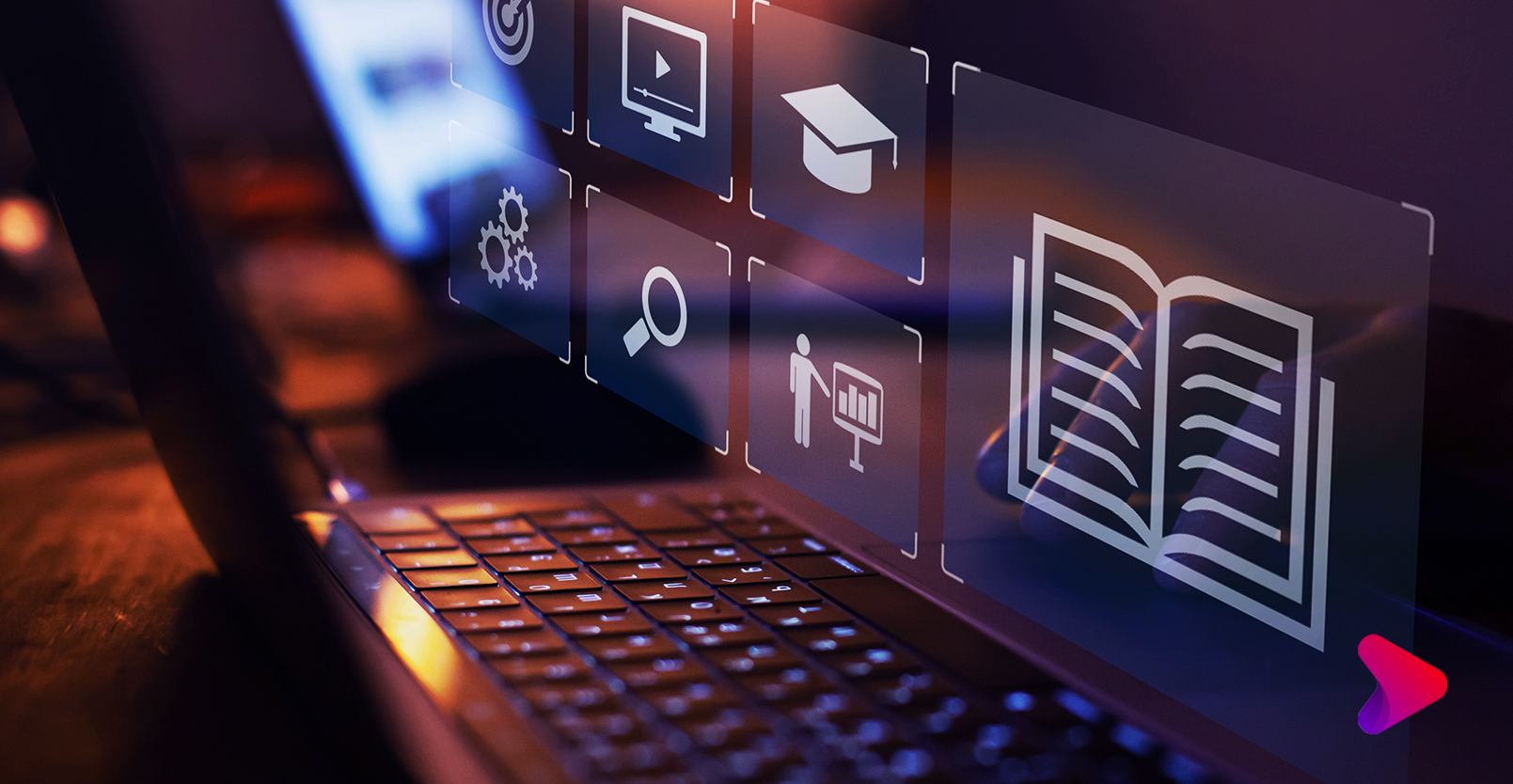
Digital vs. Customised Learning: What’s the Difference and Why it Matters
As organisations increasingly turn to online platforms to deliver learning...

e-Learning: How does AI Personalisation Work?
AI personalisation is changing the landscape of online learning. By...

FOBO: The Fear of Becoming Obsolete (Infographic)
Experiencing a sense of being left behind and finding it...

Discovering No-Code Development
Picture a scenario where you have a small clothing business...